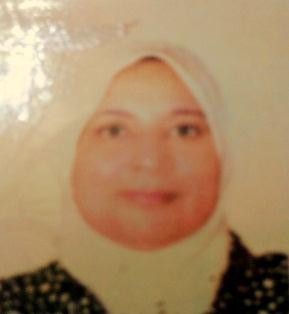Introduction: Acute leukemias are a group of malignancies with clinical, morphologic, immunologic, and molecular patterns and display patterns of surface antigen expression (CD antigens). Precursor cells from different blast cells in acute leukemia express different subdivisions of surface molecules many of which are now defined as cluster of differentiation (CD) antigens. Every leukemia type has specific set of CD markers, what constitute nowadays current classification of hematopoietic malignancies and the basis of diagnosis. The expression of CD markers on leukocytes can be determined by flowcytometry. Immunophenotyping improves both accuracy and reproducibility of acute leukemia classification. Flow cytometry is a technique used to analyze multiple phenotypic and functional parameters simultaneously within a single cell or a population of cells.
Aim of the work: Assess the prevalence of aberrant expression of CD markers in cases with acute leukemia in Sohag University Hospitals.
Patients and Methods: This study was carried out in the Clinical Pathology Department, faculty of medicine, Sohag university hospital on fifty (50) newly diagnosed acute leukemia patients who were subjected to bone marrow aspiration, their ages ranged between 1.5 to 71 years, 29 (58%) of them were males and 21 (42%) were females with a male to female ratio of 1.4:1, during the period from November 2015 to October 2016.
Results: B-cell acute lymphoblastic leukemia positive for the following CD markers CD10, CD19, TdT, HLA-DR and expressing CD33 and case of AML (M4-M5) expressing CD7 lymphoid marker.
Conclusion: Aberrant expression of CD markers is seen in several cases of acute leukemia. The frequency of aberrant antigen expression in acute leukemia was comparable with most published international data. The presence of aberrancy helps to identify a neoplastic process.

